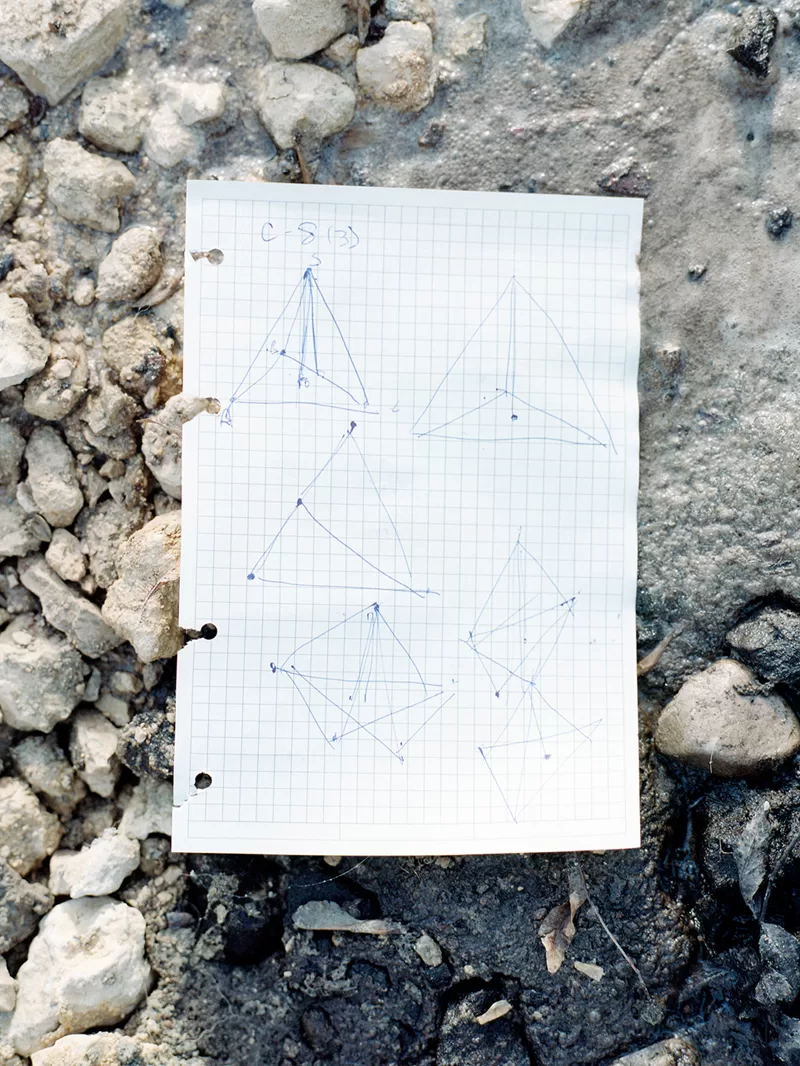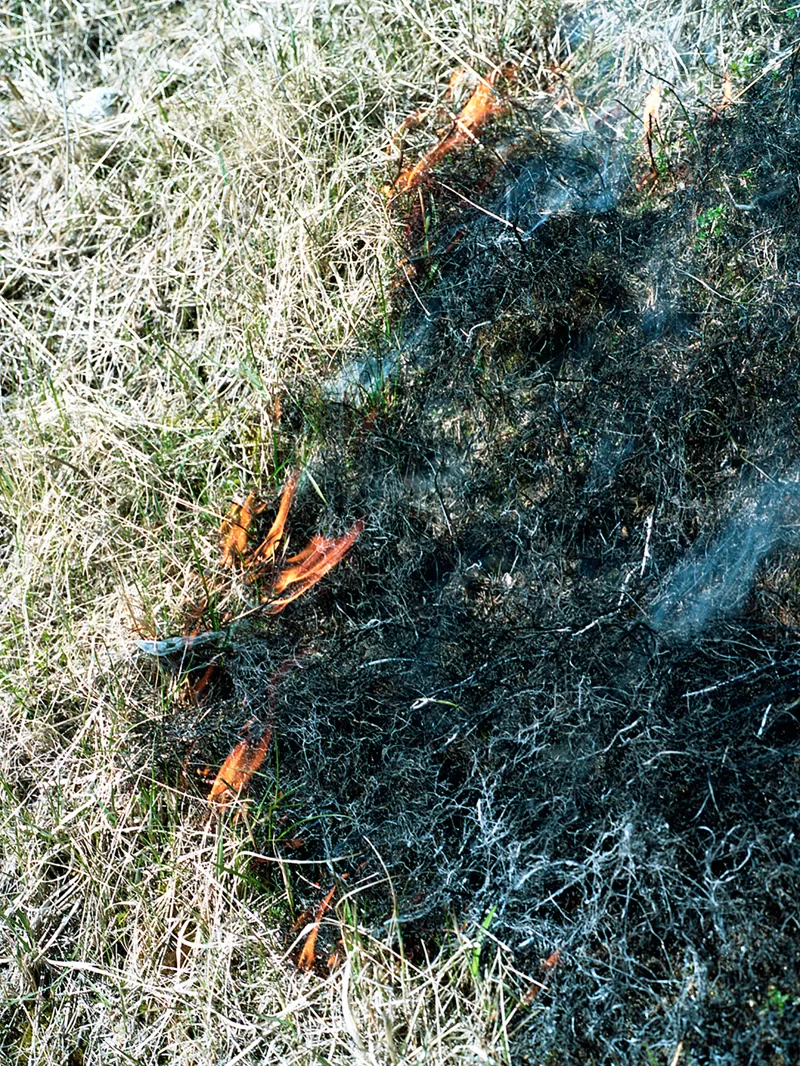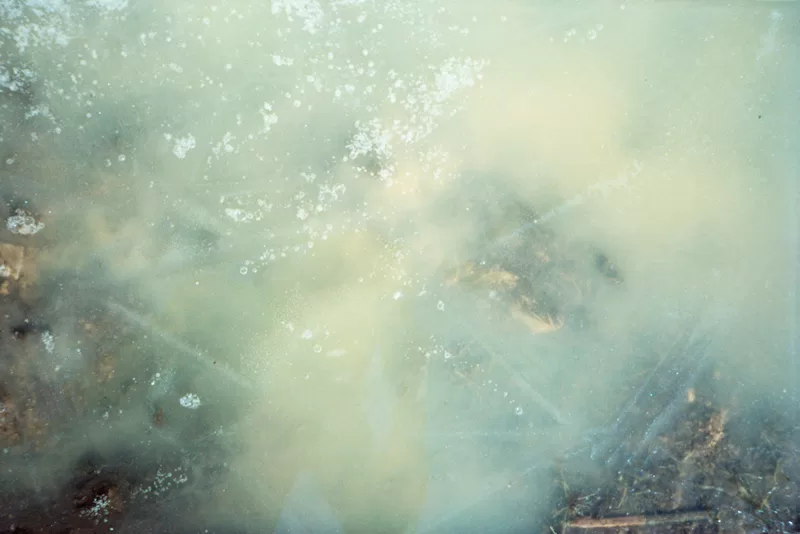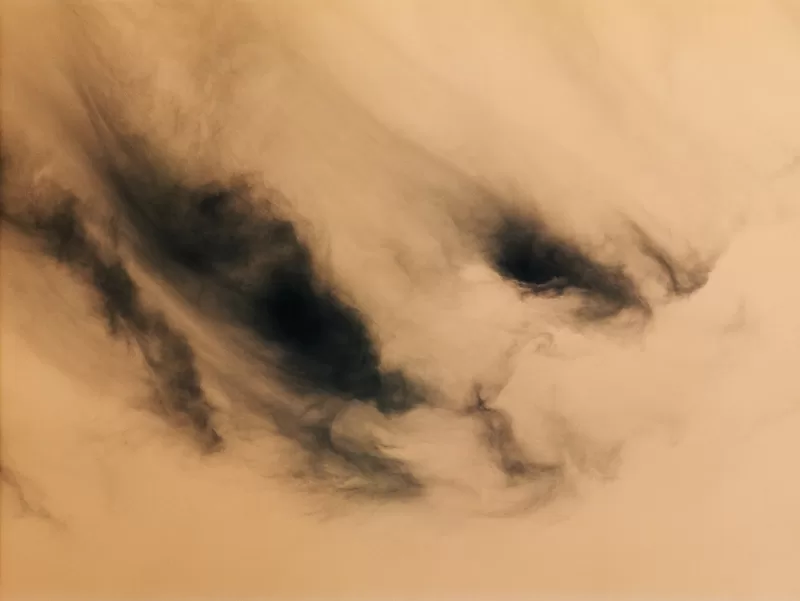Fedor Shklyaruk: Known and Unknown
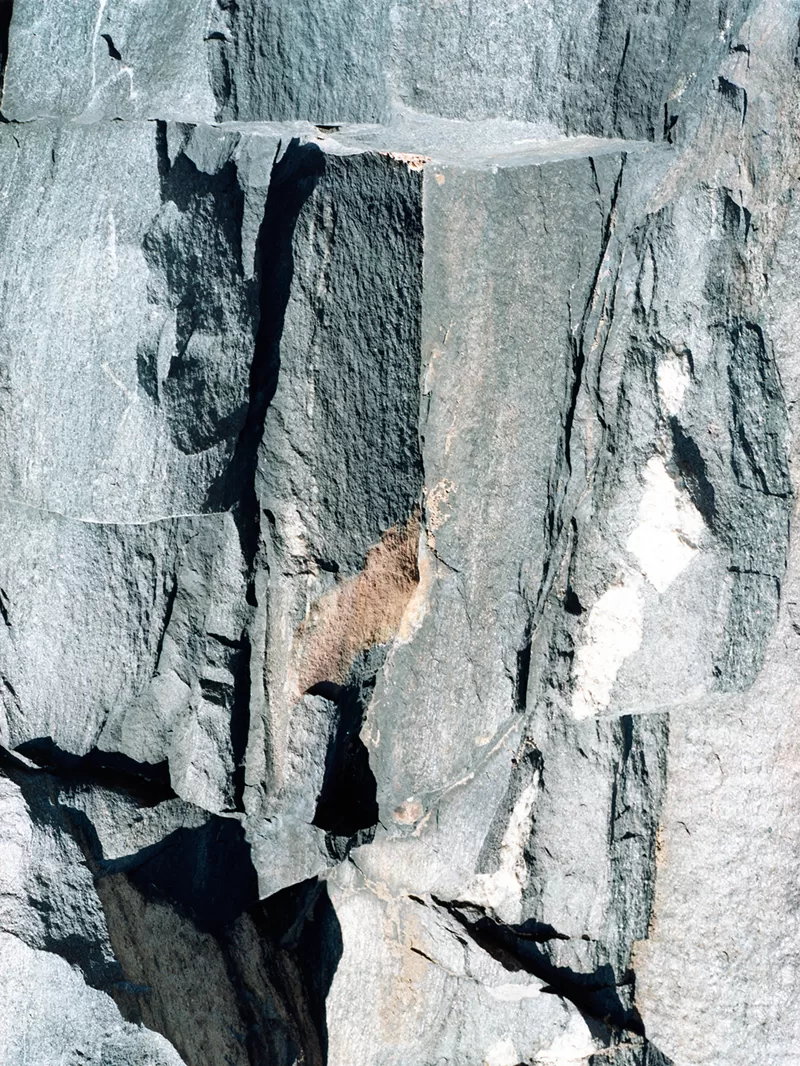
As standard histories of the medium never fail to demonstrate, photography is a product of the 19th Century, with its mania for structure and categorisation. The social and technological energies that brought photography into being were undoubtedly a part of this wider trend and the particular qualities of the photograph itself, its new, uncanny faithfulness to the visible, further encouraged assumptions about how representation might not only make the world observable, but order it as well. That there should be a necessary and inviolate link between a representation and its subject was not just an article of faith with photography, it also held sway in the sciences as well, so the medium was recruited as a mechanical proof of this inherent order, to see was to know – and further, to possess what was seen. But while the discourse of photography has by now irrevocably complicated this transparency, revealing the mediation that both defines it and makes it possible, the relation between belief and truth in the sciences has not been so readily untangled.
In his series On Aether, Fedor Shklyaruk delves into the language of representation that seems to assure us of what can be conclusively known. At the same time, he exposes a sort of pervasive uncertainty about what continues to elude the methods and modes of representation (that is, of knowledge) we have at our disposal. Using a range of different strategies, what the pictures evoke is the residue of belief that was, in its time, as persuasive as anything we understand about the world now. This failed, obsolete knowledge suggests the limits and the provisional nature of what can be known within the finite capacity of human experience. Indeed, these limits have been steadily embraced by the scientific method, making a virtue of fallibility in the willingness to revise and even to overturn established truths. But Shklyaruk indicates that the division between what is known and what must be assumed is not as clear as we might like to think. The vision of rationality as a truth directly aligning the world itself with our understanding of it is, at times, deeply fragile.
So, while the work demonstrates a concern with ‘historical’ failures of knowledge, at stake here is the whole process by which such knowledge has been constructed, drawing parallels between disparate orders and forms, to show that they are necessarily constructed according to an imaginative modelling of reality. There is something especially telling and even rather poignant about the empty vessels that Shklyaruk includes, the bell jar, the unused glass funnel. We are reminded of what they should contain, but don’t – or indeed, can’t. They embody the limits of existing knowledge. Of course, these humble technologies don’t really compare to the sophisticated digital recorders in a particle accelerator, for example, though even here the almost inconceivably small events that take place on a sub-atomic level routinely defy the assumptions of classical physics. For Shklyatuk, aether, that ‘missing’ element, is a potent metaphor for what is both unknown and, as yet, undiscovered. But knowledge is not the whole of truth either, and often the more firmly we try to grasp it, the further it seems to recede.

